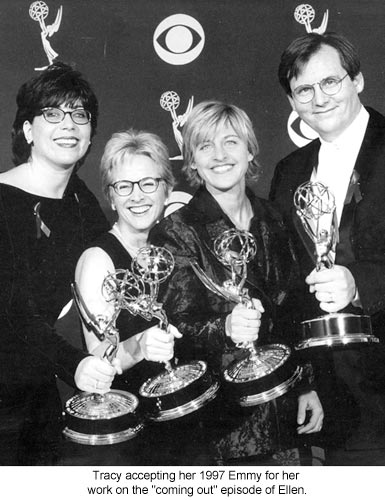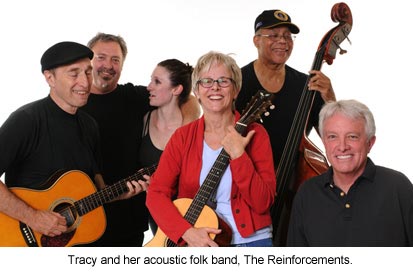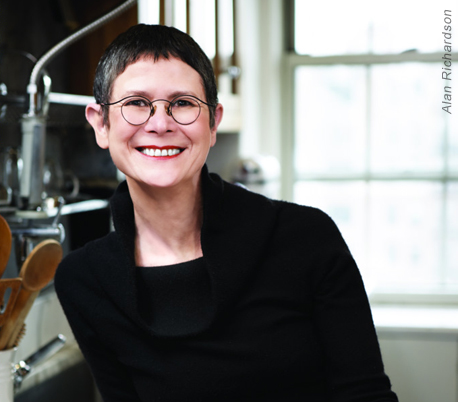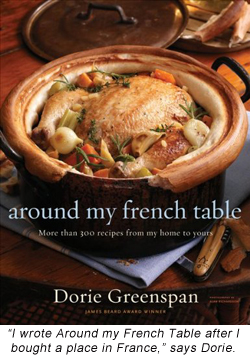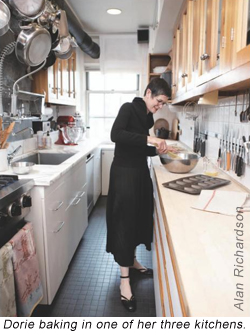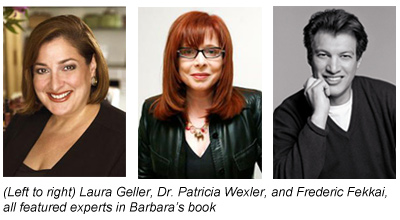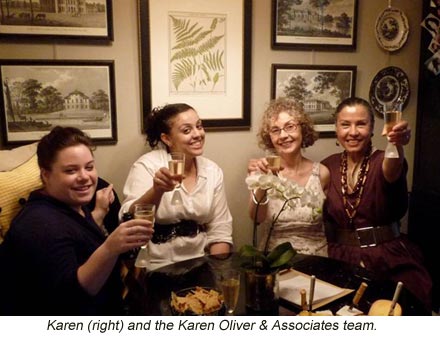Meet Jamie Lilley

Location: Philadelphia, PA
Age: 55
Marital Status: Married
Education: MFA from Tyler School of Art at Temple University, BFA from Penn State
Where did you grow up?
The Philadelphia area. My dad was a chemical engineer and he traveled. I lived in Europe for a year; I had my seventh birthday in Venice. That was so, so cool. But my parents decided that I should have an American education, so mostly we stayed around Philadelphia.
You still live in Philadelphia today? And own a restaurant there?
Yes. It’s called Friday, Saturday, Sunday. It’s a neighborhood place; some of the waiters have been there for twenty years. We have an eclectic menu; really interesting appetizers, a lot of fresh fish and then classics like rack of lamb and filet mignon. We have a cream of mushroom soup that’s been on the menu since we started in 1973.
Does your husband own the restaurant with you?
Yes. His name is Weaver Lilley. We will be married 26 years this year. He started the restaurant with six other people. They were sitting around having a drink one night and said, “Let’s start a restaurant.” Everybody put in $2,000 and they started it on $14,000. Each person had a different job. I do the bookkeeping.
Do you have children?
I have two kids. One is 15 and he’s going to the High School for the Creative and Performing Arts. My other son, Sam, is 21 and goes to Savannah College of Art and Design. My sons will tell me everything and anything. It’s nice to have that honesty. I also have two stepdaughters that are 41 and 43 now, and I’m very close with them.
Wow. You could be sisters with your stepdaughters.
Yeah, I’m exactly in between their age and Weaver’s age. He’s 65 now.
Tell me about your personal style.
Color is my thing. Not wild color, I like clean looks, not a lot of stuff. I like to have fun with what I wear but I’m usually more classic. I’m short, so I like to wear high heels. I almost never wear flats, except flip-flops in the summer.
Who influenced your style?
My mother. She had so much style and did it all on a shoestring. When we were in Europe she had all these great clothes, even though she was traveling out of suitcases for a year. I remember everything she wore… a beautiful black lace, V-neck, off the shoulder dress that had a fitted waist. In the 50s she wore these big skirts. I have a picture of her and my dad at the opera in Venice in one.
Who are your favorite designers?
Ann Demeulemeester and Dries Van Noten.
What are your favorite pieces?
I have a red shirt–like a bowling shirt. The fabric is so old and rayon-y, which is wonderful. It says ‘Harvey’ in on the front, and on the back it says ‘Coca Cola.’ I bought it in Paris for ten dollars, and I wear it every summer. I have to be careful now because it’s starting to fall apart. Also, I’ve been going through all my son’s old clothes, which I saved for my stepdaughter’s kids. I didn’t really want to give it all away so I started trying it on. I wear a little jean jacket that was his. It still says Sam L in it. It’s very touching.
Why do you like the store, Joan Shepp?
You can walk in and everybody is very friendly — they know you. You can wander around, you can sit down and chat or try stuff on. There’s no pressure. It’s like seeing your girlfriends.
What’s your favorite restaurant in Philly?
Porcini is my favorite, great food and two very funny brothers who own it.
What’s a great book you’ve read?
I love Grapes of Wrath and East of Eden. I’ve probably read those five or six times. I also have read Modoc, which is a really wonderful book about this little boy and an elephant that were born on the same day and raised together. It’s a true story and it’s pretty awesome.
What’s your skincare routine?
Dove soap, La Mer face cream, and then I use a gel by Chantecaille Vital Essence. Neutrogena for sunscreen; you have to really watch the sun. I love to be out in it. I have all my moles checked every year, and I’ve had a lot removed.
Do you wear lipstick?
I wear a natural color if I wear anything and I use Aquaphor on my lips for moisture. It’s a great product. They use it for babies.
How do you rejuvenate?
We have a house at the beach on Harvey Cedars, Long Beach Island. It’s my passion.
What is your exercise routine?
I do weights three days a week, and then I do aerobics. I also ride my bike everywhere.
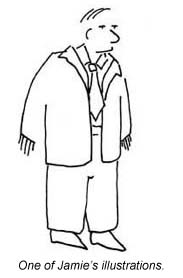
Do you have a secret favorite spot in Philly?
The Whispering Wall in Fairmont Park. It’s a big, curved wall–like a long bench–and it has big statues on the end. You have your kids sit at one end, and you sit at the other end, and you can talk and hear. It’s wonderful.
Do you have a passion project?
I love to draw. My mother used to draw notes on my lunch bag. So I drew notes on my boys’ lunch bags. Now that they’re older, I don’t have any more lunch bags to draw on. So, I helped a friend with illustrations for a book she published, and now I’m working with this other company doing drawings for their website.
Do you have any words of wisdom for other FOFs?
I try and communicate to my boys that everybody has their foibles and if there’s somebody who needs some help then you need to stick your hand out. Also put out your feelings… you can’t be insular and just do what you want.



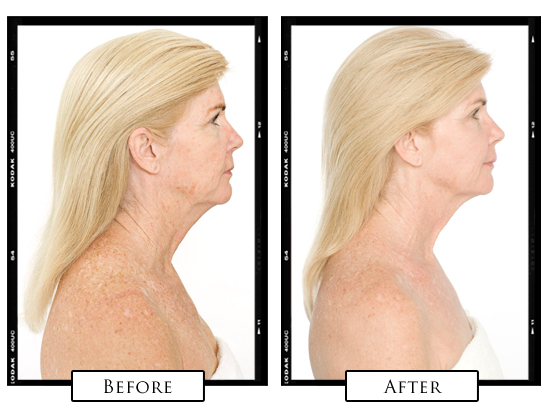

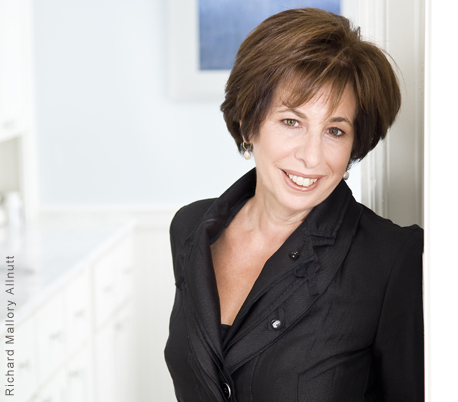
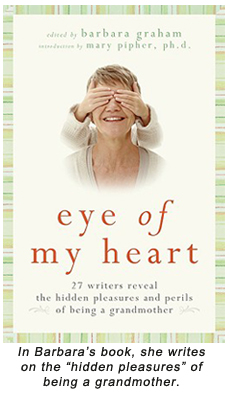
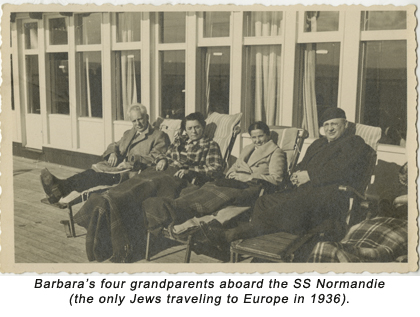

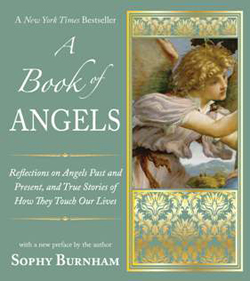
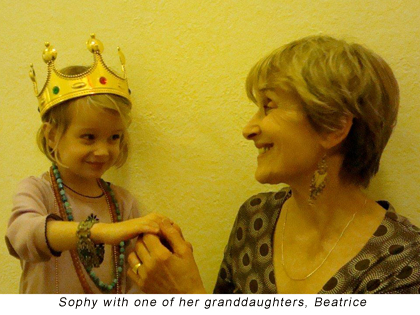
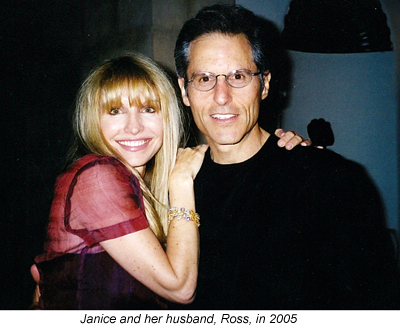
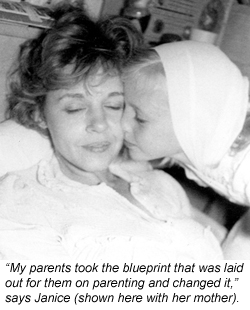
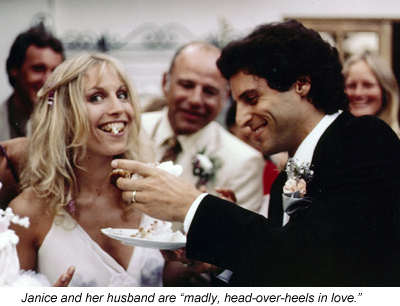
 What about your biggest indulgence?
What about your biggest indulgence?


